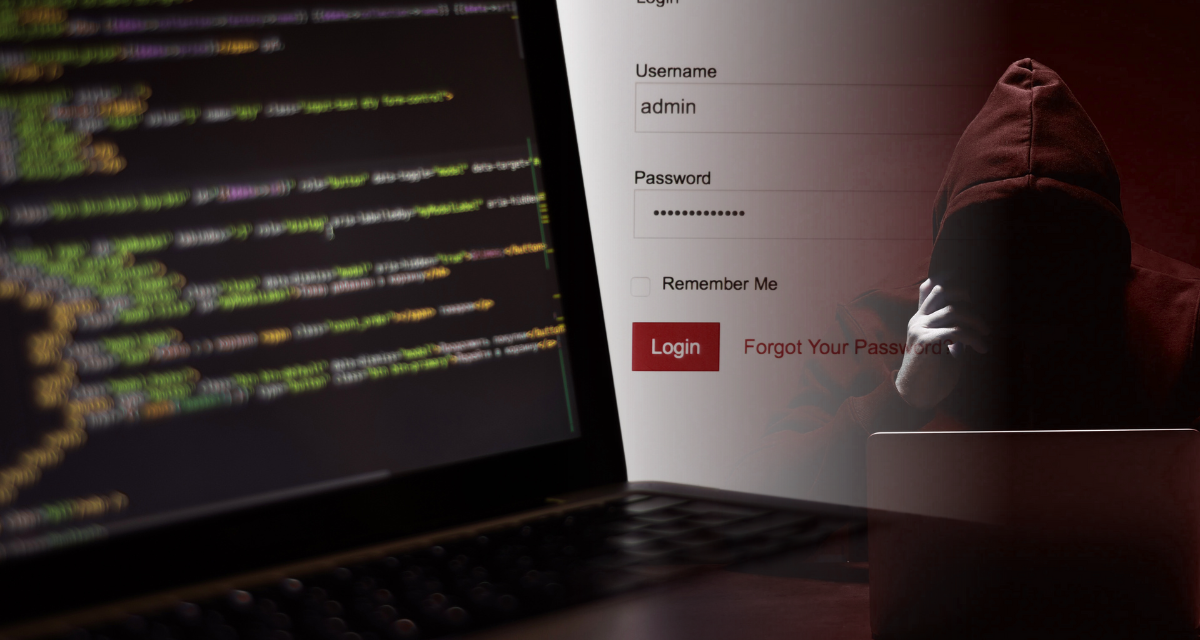A massive cumulative archive of recycled stolen credentials proves that past negligence will inevitably fuel tomorrow’s account compromises. Take action now!
The recent emergence of a 16bn-password compilation on the Dark Web, assembled from years of data breaches and stealer-malware logs, highlights the ongoing risks associated with password reuse and weak credential management.
Rather than representing a new kind of cyberattack, this database is a consolidation of previously leaked credentials, many of which have been circulating in criminal forums for years.
Despite repeated warnings, compromised passwords continue to facilitate unauthorized access to personal and corporate accounts, according to cybersecurity specialists at InboxArmy.
Why old breaches still matter
Attackers frequently exploit previously leaked credentials through automated tools that attempt to log in to various services using stolen username and password combinations. This method, known as credential stuffing, remains highly effective because many individuals reuse passwords across multiple sites. Even if only a small fraction of these attempts are successful, the scale of automation ensures that thousands of accounts are compromised daily.
Recent industry data indicates that a significant portion of web application breaches involve stolen credentials. The average cost of a data breach continues to rise, and incidents that begin with compromised passwords often take months to detect and contain, increasing the potential impact on organizations and individuals.
The consequences of password reuse
Password reuse is a persistent problem. Surveys show that a majority of respondents had admitted to reusing passwords, with some using the same password for all their accounts.
The younger generations are especially prone to recycling passwords, even after being notified of a breach. This practice turns each reused password into a potential entry point for attackers, especially when old breaches are continually recompiled and weaponized.
Regulatory responses and disclosure requirements
Regulatory bodies have responded to the growing threat of credential-based attacks by tightening incident disclosure requirements.
For example, public firms in the US must report material cyber incidents within four business days, while essential entities in the European Union are required to issue early warnings within 24 hours of a significant incident.
While these measures aim to reduce the window of opportunity for attackers, they do not address the underlying issues of password hygiene.
Essential strategies for better password hygiene
The following basic strategies are widely recommended by cybersecurity professionals, including InboxArmy:
- Enable multi-factor authentication (MFA): Adding a second verification step, such as a phone prompt or hardware key, significantly reduces the risk of unauthorized access. MFA blocks most attacks that rely solely on stolen passwords and is increasingly required by organizations for employee accounts.
- Adopt passkeys where available: Passkeys are cryptographic credentials stored on users’ devices, eliminating the need for traditional passwords. Adoption rates are rising as more services support this technology, offering a more secure and user-friendly alternative to passwords.
- Use a password manager: Password managers can generate and store complex, unique passwords for every account, reducing the temptation to reuse credentials. By automating password management, these tools help users maintain strong security without the burden of memorizing multiple passwords.
- Secure your primary email account: Since email accounts are often used to reset passwords for other services, securing your inbox is critical. Enable sign-in alerts, use backup codes, and regularly review active sessions to minimize the risk of account takeover.
- Respond promptly to breach notifications: If notified that your credentials have been compromised, change affected passwords immediately and avoid reusing old passwords on new sites.
Password breaches do not simply disappear: they accumulate, and are repurposed by attackers over time.
As long as users continue to recycle passwords and neglect available security features, the risk of compromise remains high. Adopting stronger authentication methods and practicing good password hygiene are essential steps in reducing exposure to these persistent threats.

















